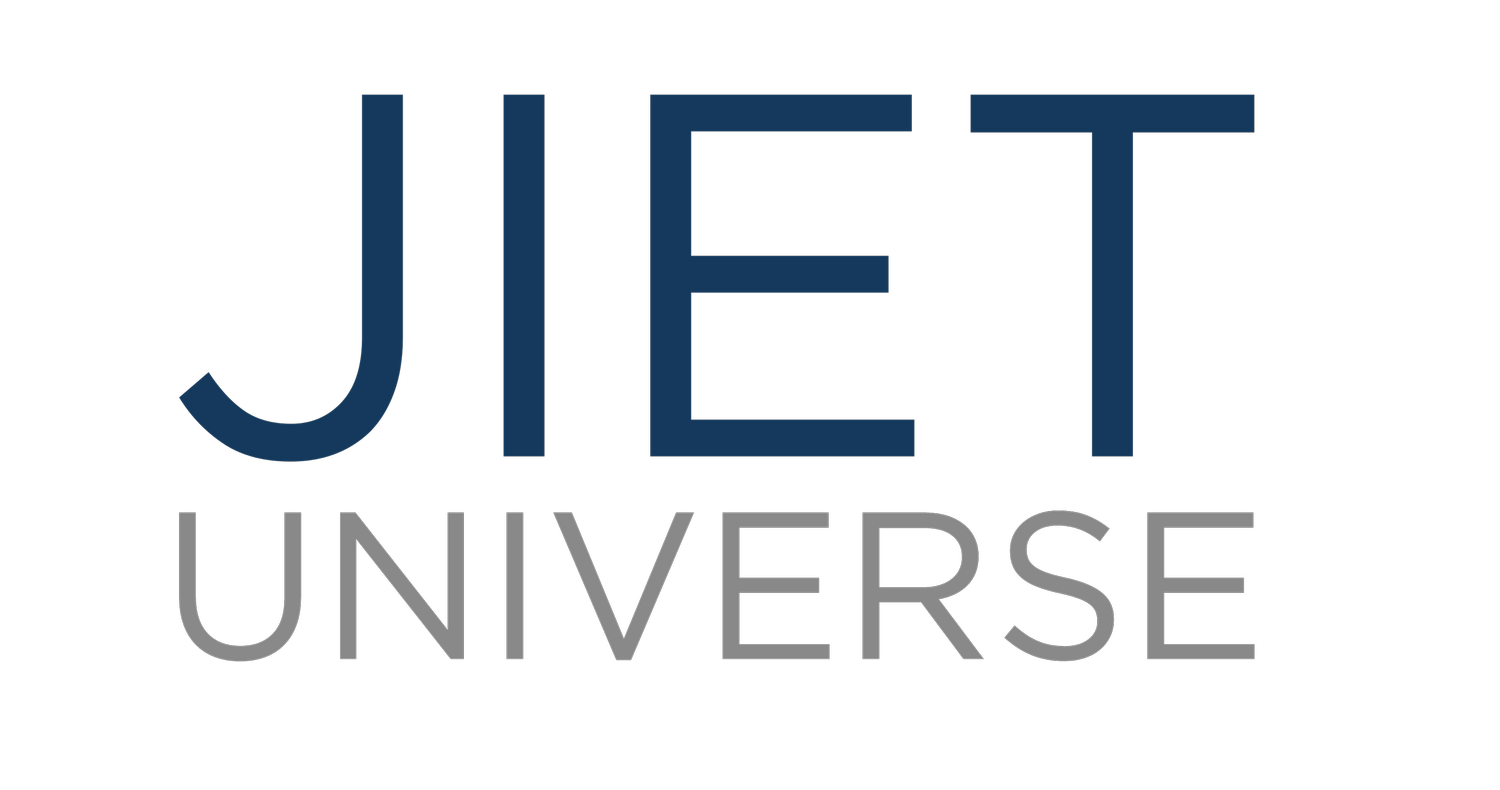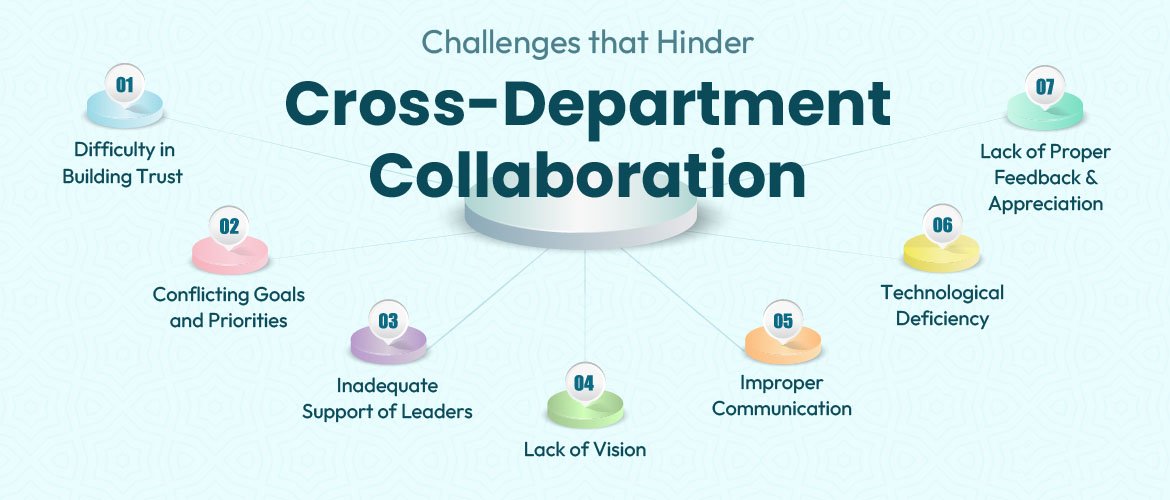Natural Language Processing: Techniques for Understanding Human Language
Understanding the Human Language: An Introduction to Natural Language Processing
As we tread further into the era of artificial intelligence (AI), one particular field that continues to make strides in Natural Language Processing (NLP). NLP is a branch of AI that focuses on the interaction between humans and machines using natural language. The ultimate goal is to enable machines to understand and respond to text or speech as humans do.
Unlocking Language Barriers: The Techniques Behind NLP
Two critical techniques within NLP that facilitate understanding human language are 'Syntactic Analysis' and 'Semantic Analysis.'
Syntactic Analysis: This approach delves into the structural aspect of language. Grammar rules, sentence formation, and syntax are studied to identify the arrangement of words that create a meaningful sentence.
Semantic Analysis: The focus of this technique is understanding the meaning conveyed by a text. By using semantics, AI can understand context, resolve ambiguity, and infer intent. For instance, the same word can have different meanings depending on its usage, and semantic analysis helps identify the right meaning in a given context.
Language Modeling and Sentiment Analysis
'Language Modeling' is another pivotal technique in NLP. It helps machines predict the likelihood of a certain sequence of words, assisting in tasks like speech recognition, handwriting recognition, and machine translation.
'Sentiment Analysis' is yet another significant method that helps determine the sentiment or emotional tone behind words. It is particularly beneficial in fields like customer service and social media monitoring, where it's essential to understand customer opinions and attitudes.
Natural Language Processing and Its Real-world Applications
NLP is not a technology of the future; it's here, creating revolutionary changes in various sectors. Voice assistant devices like Amazon's Alexa, Google's Assistant, and Apple's Siri have integrated NLP, enabling them to understand and respond to user commands. In healthcare, NLP aids in automating medical record analysis. Businesses employ NLP techniques for customer service, understanding customer behavior, and improving their services based on consumer feedback analysis.
The Future of Natural Language Processing
As we proceed with AI advancement, NLP will continue to evolve, bringing more sophisticated techniques to understand human language better. While challenges persist in the areas of sarcasm detection and multiple language translation, we remain optimistic about NLP's future. The journey into making machines understand human language like us is an ongoing process, promising an exciting future for human-computer interaction.
Embracing the Evolution of Communication with NLP
In conclusion, Natural Language Processing stands as a monumental leap in the realm of artificial intelligence. By enabling machines to understand, interpret, and mimic human language, NLP paves the way for seamless human-computer interaction. Its diverse applications are already transforming various industries, from personal voice assistants to analytical tools in healthcare and business sectors. The evolving techniques and continuous research promise to further refine NLP, inching us closer to a world where the language barrier between humans and machines is completely dissolved. As we embrace this technological evolution, the future of communication looks more inclusive, efficient, and exciting than ever before.














